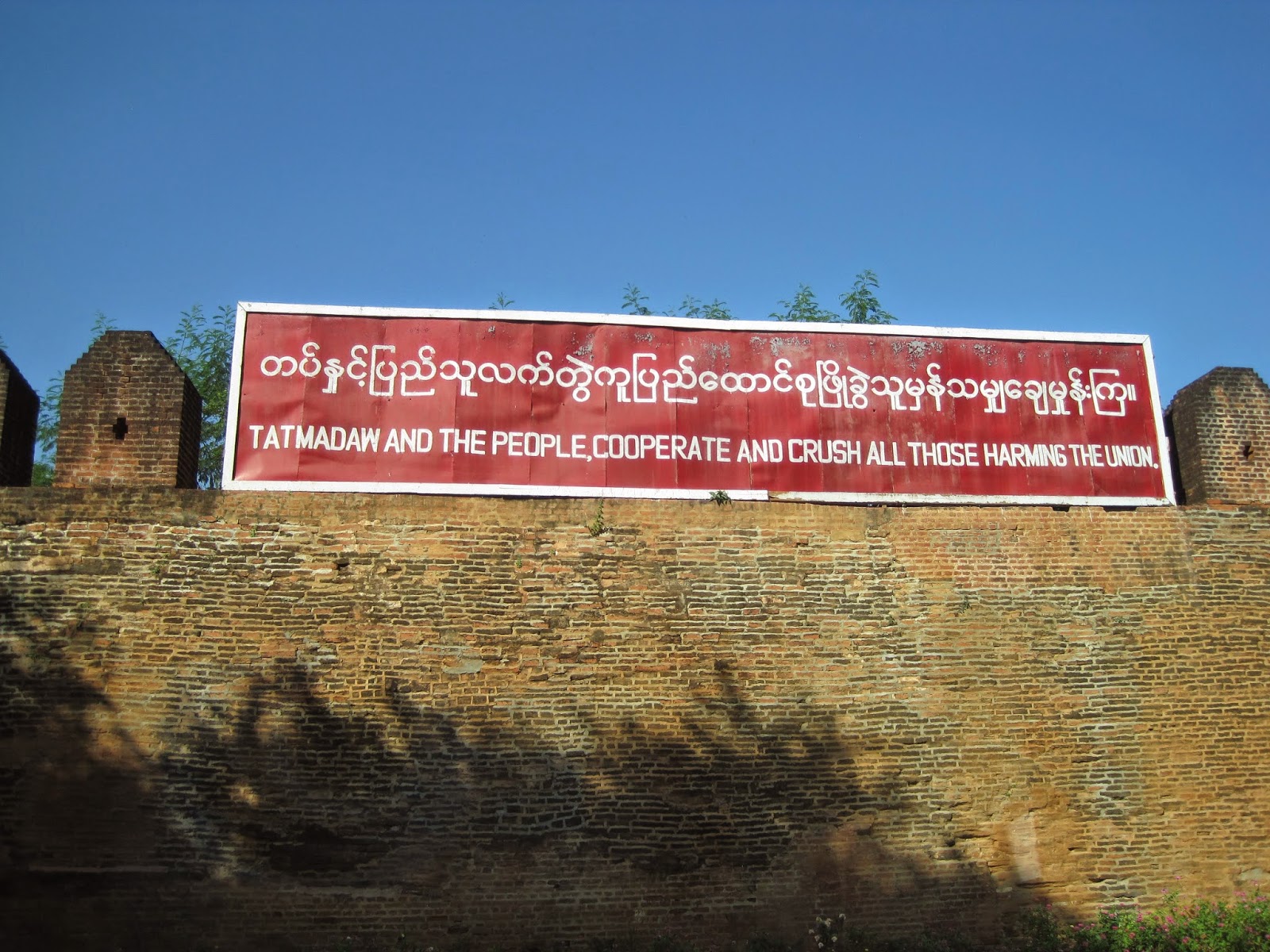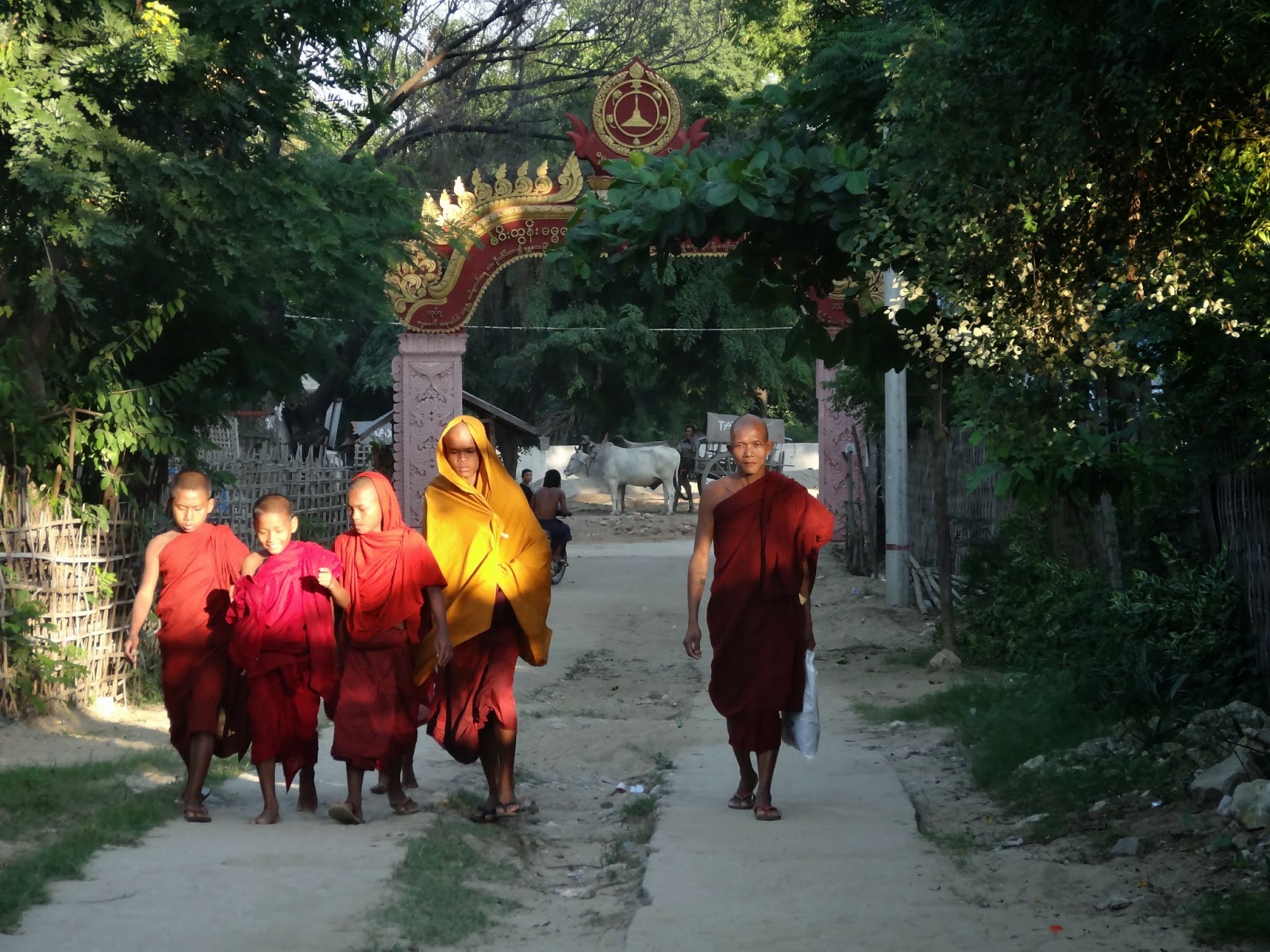We returned to Yangon for two nights before flying back to the US. There was not much time for sightseeing, which was too bad, Yangon is a large vibrant city, the largest city in Myanmar. There was a lot of new construction of skyscrapers and office buildings, so it appears they are attracting international business.
This is Bogoke Aung San market, named for General Aung San, political and military hero assassinated in 1947 (and father of Aung San Suu Kyi). It the largest market in Yangon. As you can see, very popular with tourists.
Gem market at Bogoke Aung San
Longyis for sale
Tailoring is done on site, nice!
Colorful purses
We stopped at Macle Gem Trade Laboratory, and saw some great minerals and fossils
A feather in amber from Kachin State, Myanmar. This amber is Cretaceous, 90-100 million years old.
A selection of fossil amber containing insects and gastropods.

Fun rare minerals, this is pezzotaite from Momeik, very different in appearance from the Madagascar material.
A must-see in Yangon is Shwedagon Pagoda, the holiest in Myanmar. It contains relics from four past Buddhas. It was covered by scaffolding while we were there so gold leaf can be reapplied to the surface

We visited at night so we could see it under the lights.
Even under construction it is still an awesome sight!
The top of the Pagoda is called the umbrella, at the top of the umbrella there is a wing shaped vane that is covered with rubies, sapphires and diamonds (all donations to the Pagoda). Here is a close up photo:
A statue of a reclining Buddha.
Time for a tribute to the wonderful food of Myanmar! This is a Burmese dish, fish with lemon sauce.
Vegetarian food at the Bagan restaurant called "Be Kind to Animals"
Condiments: fried garlic, chilis and Indian style pickle
Another traditional Burmese dish: tea leaf salad. Pickled tea leaves mixed with peanuts, sesame seeds, fried garlic and fried shallots. We had it many times, delicious!
Fried fish and other dishes at a Chinese restaurant in Mogok
River shrimp curry (we were far from the ocean, all fish and shrimp came from the rivers).
Shrimp..mmm
One of our last meals in Yangon, more Burmese dishes including roast duck, asparagus salad, curried fish and chicken with coriander sauce.
A wonderful trip, wonderful memories, thank you to Kyaw Thu and to our fantastic group of GMC members who the trip so much fun!





















































